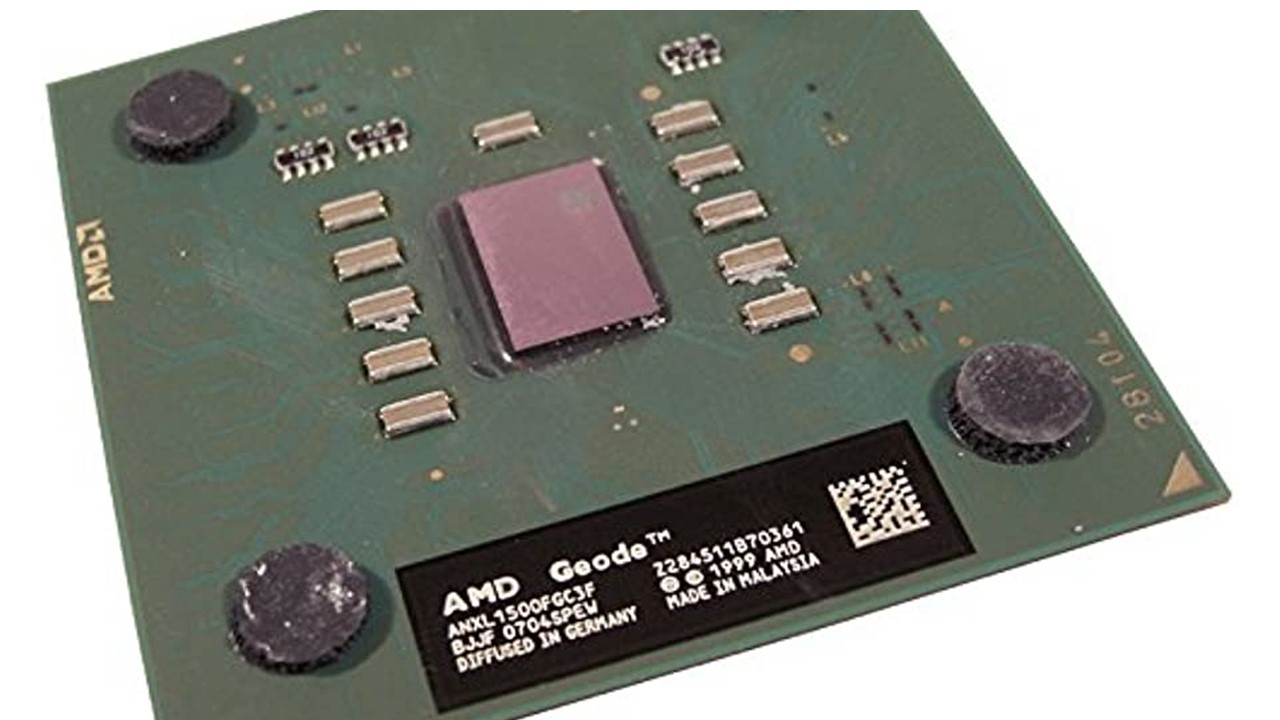In This Article
What is Geode NX Processor?
The Geode processors typically refer to the series of System-on-a-Chip (SoC) microprocessors and I/O cohorts designed by AMD. The Geode NX processors are the newer Athlon-derived versions of them, especially designed for the embedded computing market.
Technically, the Geode NX processors are built on the K7 microarchitecture with a 130 nanometer fabrication process and Socket A (462).
These embedded CPUs support Streaming Single Instruction Multiple Data Extensions (SSE) and have cores operating at 1.8 GHz.
KEY TAKEAWAYS
- The 32-bit Geode NX embedded CPUs support SSE instructions and come with relatively large on-die Level 1 and Level 2 cache.
- The Geode NX processors are built on the K7 microarchitecture with a 130 nm technology node.
- These embedded CPUs are built with the Socket A (462), and they have 7th generation cores based on the Mobile Athlon XP-M.
- The cores of these processors can operate at a reasonably high speed of up to 1.8 GHz and the Front Side Bus or FSB speed is 133 MHz.
- The CPUs offer support for different operating systems such as Windows CE, Microsoft Windows XP, and Linux.
Understanding Geode NX Processor

Built on the K7 microarchitecture with Socket A (462) and a 130 nanometer fabrication process, the Geode NX processors are primarily designed for use in the embedded systems.
In 2007, the Geode NX 2001 model was made available by AMD, which is, in fact, considered to be the revised version of the Athlon XP 2200+ Thoroughbred CPUs.
The processors typically had efficient cores with 1.65 volts of operating voltage and consumed 62.8 watts of power.
Though there are no official references to it, these processors are considered to be the desktop Athlon XP CPU cores.
There is also another version of it available that can be used in embedded systems that are derived from the Mobile Athlon XP-M Thoroughbred cores.
Some of the most notable features of the Geode NX processors are as follows:
- These processors are built on the K7 microarchitecture.
- These embedded CPUs are equipped with 7th generation cores based on the Mobile Athlon XP-M.
- The processors are built on the 0.13 μm (130 nm) fabrication process.
- The pins of these processors are compatible with all NX family CPU lines.
- These 32-bit processors support an FSB of 133 MHz.
- The cores of these specific processors can operate at a maximum speed ranging between 667 MHz and up to 1.8 GHz, depending on the model.
- The Thermal Design Power or TDP of the CPUs is quite low, typically ranging between 9 and 25 watts, depending on the model.
- These processors offer a reasonably higher and faster performance with their 128 KB Level 1 cache and 256 KB L2 cache.
In addition to the above, the Geode NX processors are also known for better power management, instruction set support, and varied operating system compatibility, as explained hereunder:

Power management
The processors allow better power management with specific features such as:
- ACPI 1.0b
- ACPI 2.0
- AMD PowerNow!
Instruction set extensions support
The Geode NX processor supports different instruction set extensions such as:
- MMX or MultiMedia eXtensions
- SSE or Streaming SIMD Extensions
- 3DNow!
Operating system support
The CPU also offers support for quite a few different operating systems such as:
- Windows CE
- Linux
- MS Windows XP
Socket
The Geode NX processors use Socket A (462) and are compatible with different types of Socket A motherboards. Some of these Socket A chipsets are:
- VIA KM400A Northbridge and VIA VT8237R Southbridge
- VIA KM400 Northbridge and VIA VT8235 Southbridge
- SIS741CX Northbridge and SIS 964 Southbridge
The chipsets supported by the Geode NX processors are completely compatible with the Socket A Athlon XP processors of AMD.
Conclusion
The Geode NX processors are built on the K7 microarchitecture.
They are quite good for being used in the embedded systems and will offer quite reliable and fast output with the cores operating at a speed of up to 1.8 GHz.
The architectural design of these CPUs offers a perfect balance between power and performance.